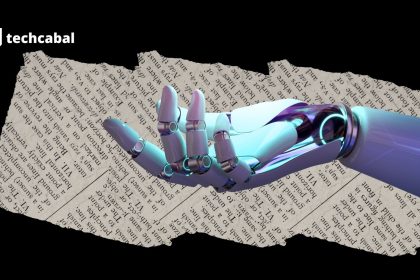A 63-year-old woman showed up at the emergency department of the Brigham and Women’s Hospital in Boston with severe stomach pain, nausea, and vomiting.
She told doctors that for the past month she had developed severe nausea, non-bloody vomiting, and pain she described as a burning feeling that spread from her upper abdomen, through her right side, and around to her back. Nothing she did made it better.
The doctors started collecting her medical history, which was lengthy. The woman had Type 2 diabetes, Stage 2 chronic kidney disease, opioid use disorder, and gastroesophageal reflux disease (GERD), among other conditions. While she was taking many medications, she noted that for the past year she had also been taking semaglutide, a GLP-1 weight-loss drug, and had lost about 40 pounds (over 19 percent of her body weight).
In an interactive case report published this week in the New England Journal of Medicine, the doctors laid out how they figured out what was going on and treated it—with a surprisingly simple solution.
Possibilities
The doctors started doing lab tests and imaging, and they admitted her to the hospital. A computed tomography (CT) scan of her abdomen revealed bile-duct enlargement and a swollen stomach that seemed to be full of a semi-solid mass. Similarly, magnetic resonance imaging (MRI) also picked up a mass in her stomach, one with mottling that doctors assumed were air bubbles. The imaging also found bile duct enlargement, which could be linked to her history of opioid use—or to a gastric bezoar.
Gastric bezoars are masses that form in the stomach. There are different kinds depending on what the masses are made of. The most common is a phytobezoar, which is made from clumped fruit and vegetable components, particularly non-digestible materials such as cellulose. A notable subtype of phytobezoar is the diospyrobezoar, which is formed from eating an excessive amount of persimmons. The fruit’s skin is brimming with tannins that form a glue-like substance when they hit gastric acid, aiding the formation of a mass that is notoriously hard and difficult to treat.












